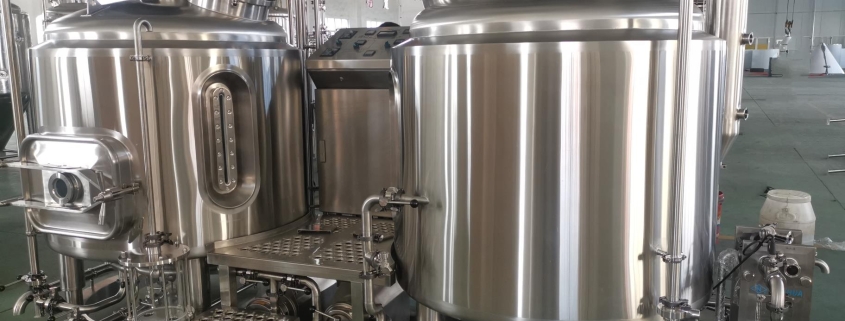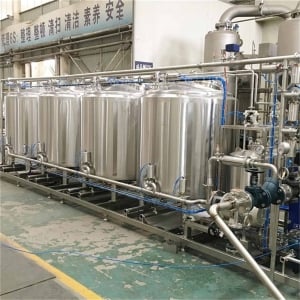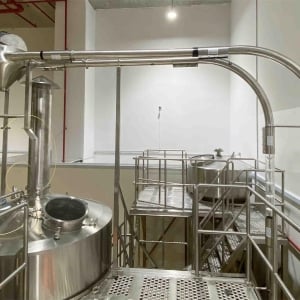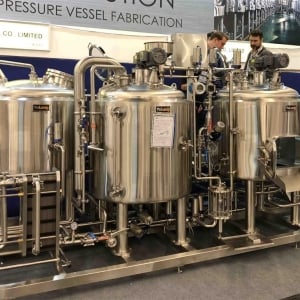Scaling up production with a 2bbl brewing system: What you need to know
As a home brewer or small-scale brewery owner, the thought of scaling up production may have crossed your mind. You might be wondering how to increase capacity while maintaining quality and affordability. One way to do so is by using a 2-barrel (2bbl) brewing system. In this article, we’ll cover everything you need to know about scaling up production with a 2bbl brewing system, including its pros and cons, financial considerations, and best practices.
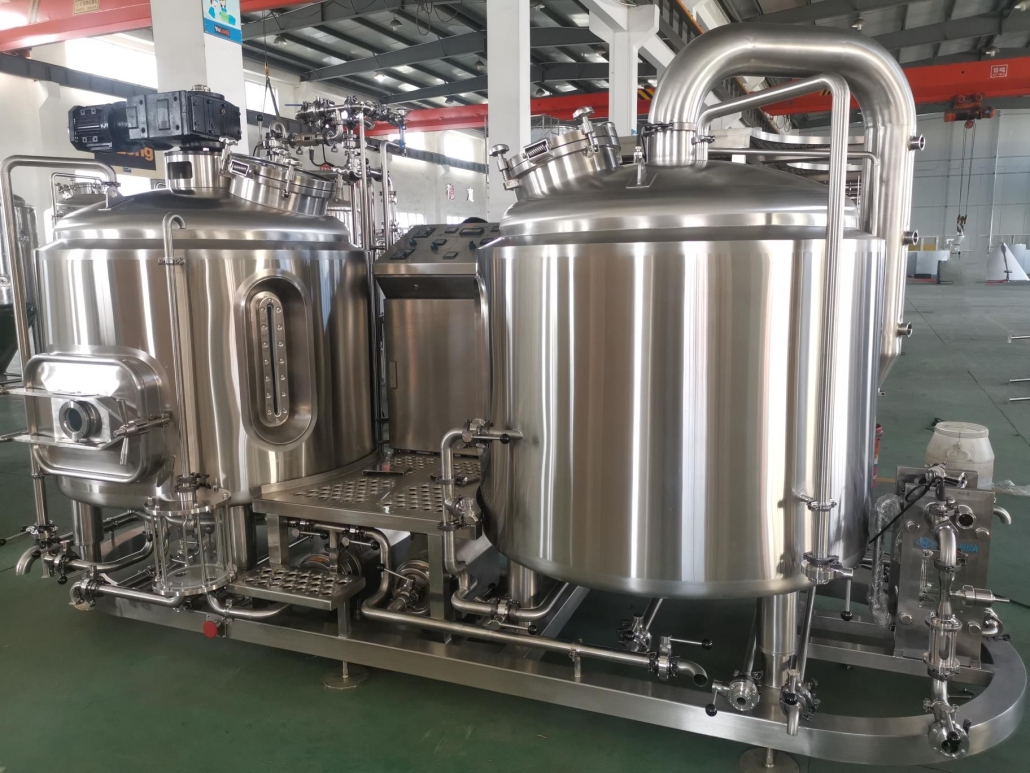
What is a 2bbl Brewing System?
A 2bbl brewing system is a small-scale brewing setup that has a production capacity of two barrels (approximately 62 gallons) of beer per batch. This type of system is suitable for small breweries, brewpubs, and even serious home brewers looking to increase their production without making a significant investment in larger, more complex systems.
Pros of a 2bbl Brewing System
Affordability
One of the primary advantages of a 2bbl brewing system is its affordability. Compared to larger systems, 2bbl setups require a lower initial investment, making them an attractive option for those looking to scale up without breaking the bank.
Flexibility
The smaller scale of a 2bbl system allows for greater flexibility in recipe development and experimentation. Brewers can create unique, small-batch beers and test them in the market before committing to full-scale production.
Increased Quality Control
With a smaller production capacity, 2bbl systems enable brewers to have greater control over quality. This can result in consistently better-tasting beers and a more refined product overall.
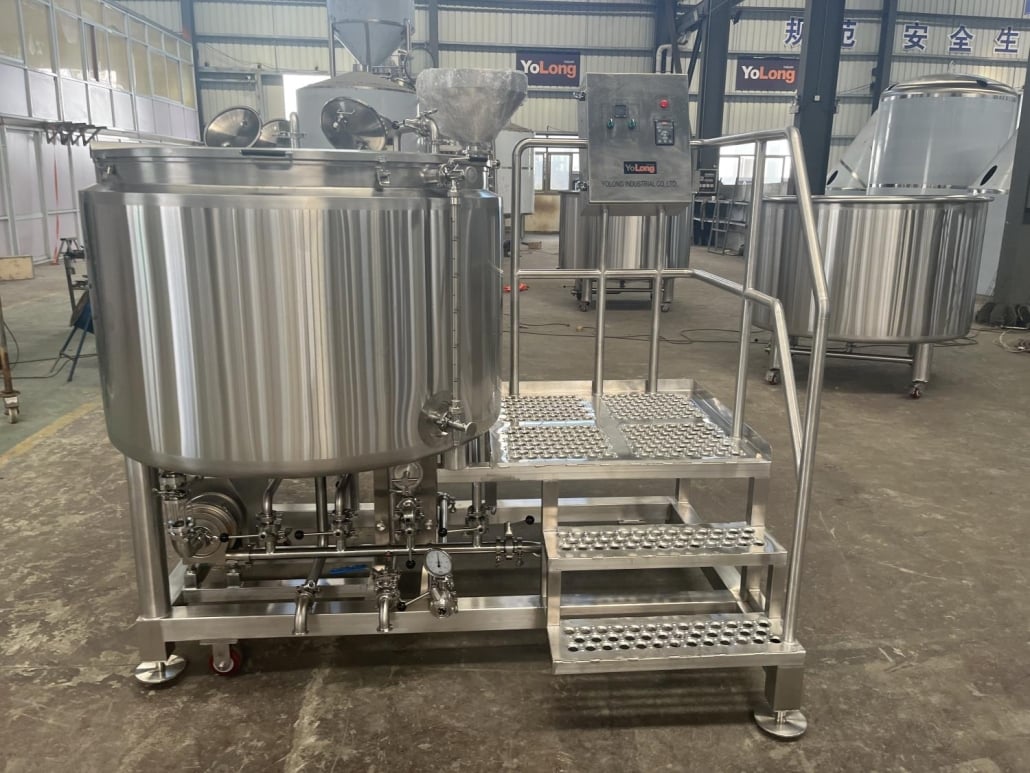
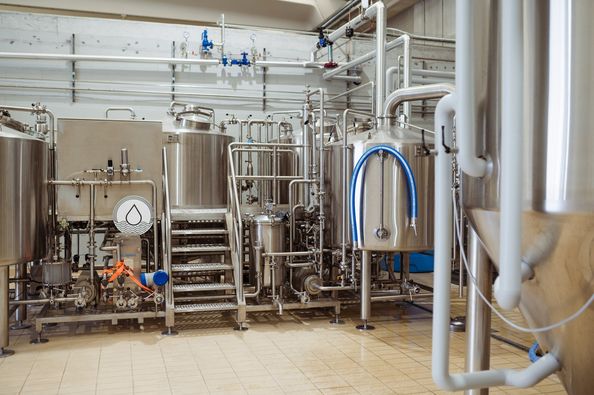
Cons of a 2bbl Brewing System
Limited Production Capacity
The primary disadvantage of a 2bbl brewing system is its limited production capacity. To meet growing demand, brewers may need to brew multiple batches, which can be time-consuming and labor-intensive.
Time and Labor Intensive
Due to the smaller scale of a 2bbl system, brewers may need to invest more time and labor in managing the brewing process, potentially leading to higher operating costs.
Preparing for Scale-Up
Planning and Design
To begin scaling up, develop a comprehensive plan. Consider your brewing goals, production needs, and growth strategies. This plan will guide your decisions as you expand your operation. Furthermore, a well-thought-out design can streamline the brewing process and improve efficiency.
Equipment Considerations
As you scale up, additional equipment becomes necessary. For example, you’ll need fermenters, bright tanks, and keg washing systems. Keep your current and future needs in mind when making these purchases. This ensures compatibility with your expansion plans.
Space Requirements
Expanding with a 2bbl brewing system requires more space. You’ll need room for brewing equipment, storage, and possibly a tasting room or retail area. Evaluate your current and future space needs to avoid running out of room as you grow. Planning ahead ensures a smooth transition during expansion.
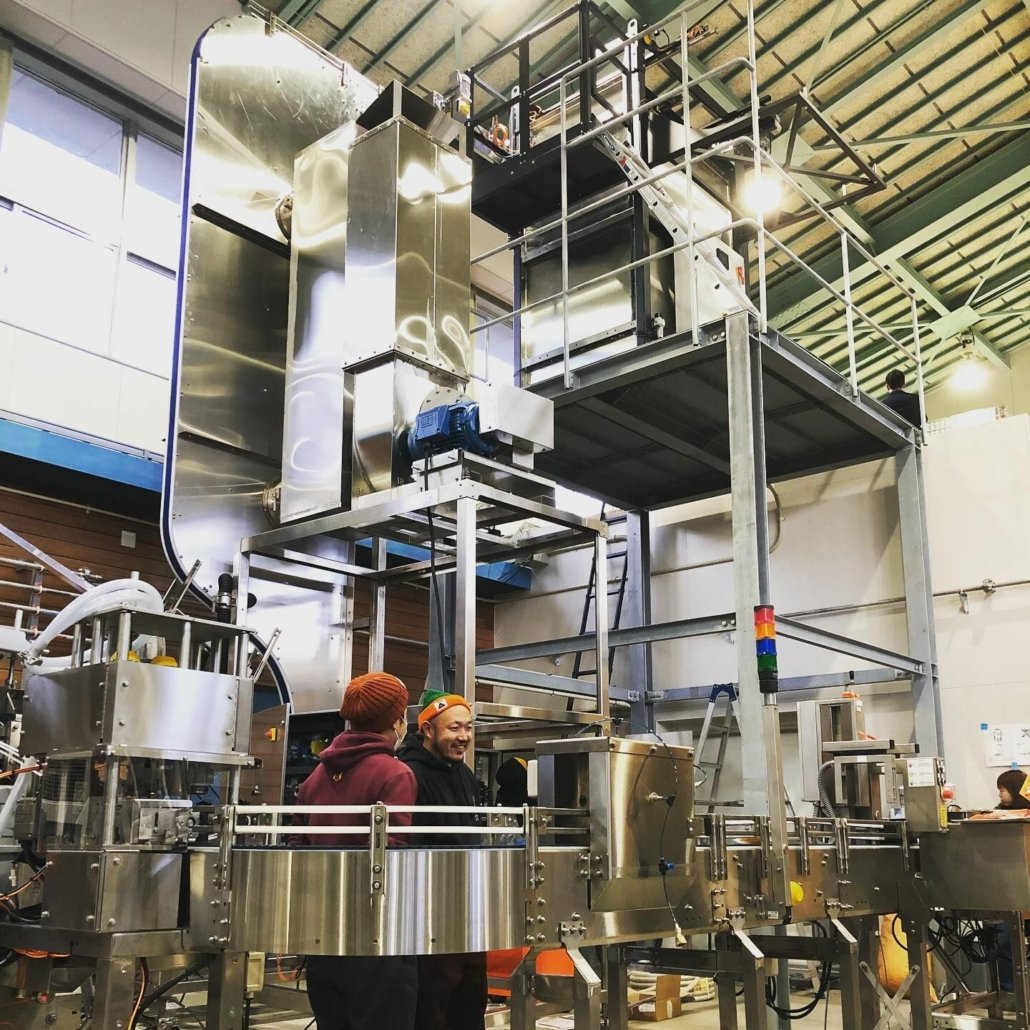
Financial Considerations
Investment Costs
Scaling up with a 2bbl system involves significant costs. Even though 2bbl systems are more affordable than larger setups, expenses can add up. These may include new equipment, building modifications, and increased utility expenses. Plan your budget accordingly.
Operating Expenses
As production increases, operating expenses will rise too. These include labor, ingredients, and packaging materials. Make sure to account for these costs in your financial planning. This will help you stay on track as your business grows.
Regulatory Compliance
Regulatory Compliance
Scaling up your brewing operation means dealing with additional regulatory requirements. You’ll need to take into account licensing, permits, and safety inspections. Consult both local and federal authorities to ensure you comply with all applicable regulations. Here’s a brief overview of the steps you should follow:
Step 1: Research Requirements
Firstly, familiarize yourself with the specific regulations in your region. Rules vary depending on your location, so start by researching your local and federal requirements.
Step 2: Obtain Necessary Licenses and Permits
Next, apply for the appropriate licenses and permits. This process may include obtaining a brewer’s license, building permits for facility modifications, and environmental permits.
Step 3: Adhere to Safety Standards
Now, focus on maintaining a safe working environment. This means complying with Occupational Safety and Health Administration (OSHA) standards, as well as local health department regulations.
Step 4: Quality Control
Ensure your product meets quality standards by adhering to guidelines set by organizations like the Food and Drug Administration (FDA) and the Alcohol and Tobacco Tax and Trade Bureau (TTB).
Step 5: Regular Inspections and Audits
Lastly, be prepared for regular inspections and audits. Both local and federal authorities may inspect your facility, equipment, and operations to ensure compliance.
In conclusion, staying informed about regulatory requirements and maintaining compliance are essential aspects of scaling up your brewing operation. By following these steps, you can avoid potential legal issues and focus on producing high-quality beer.
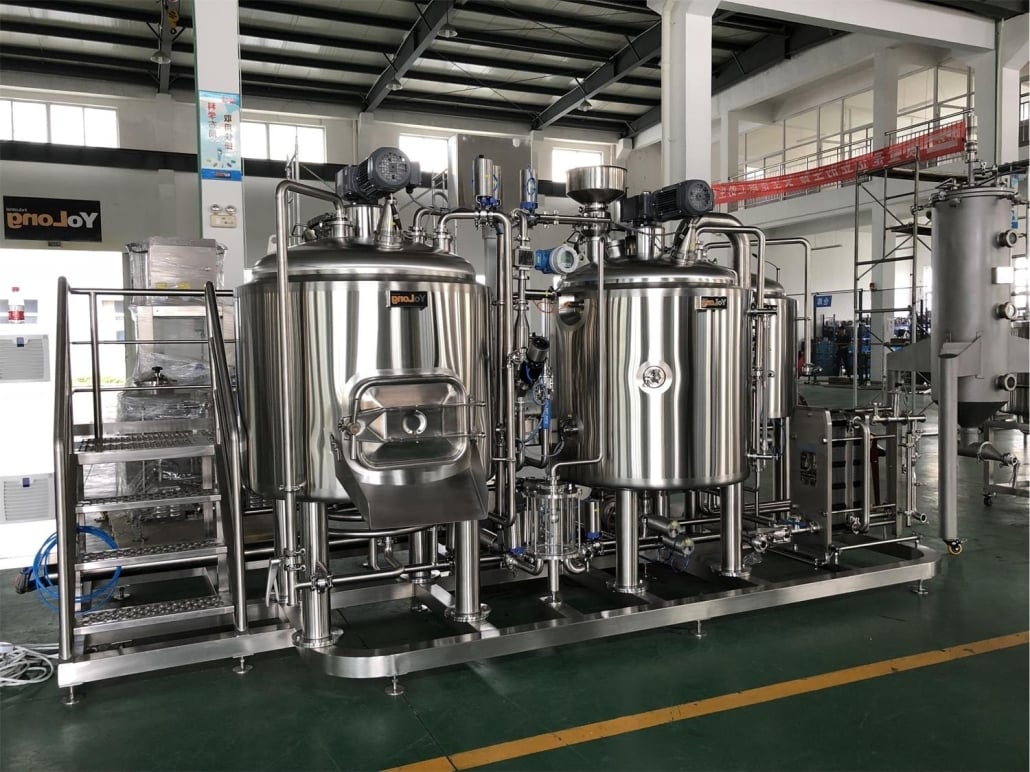
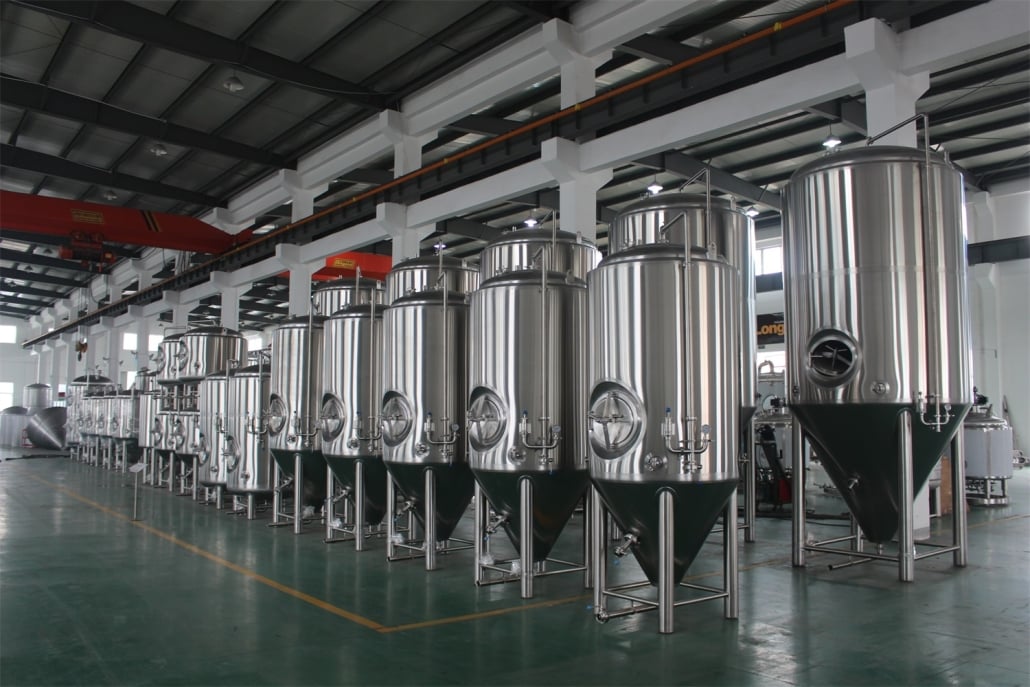
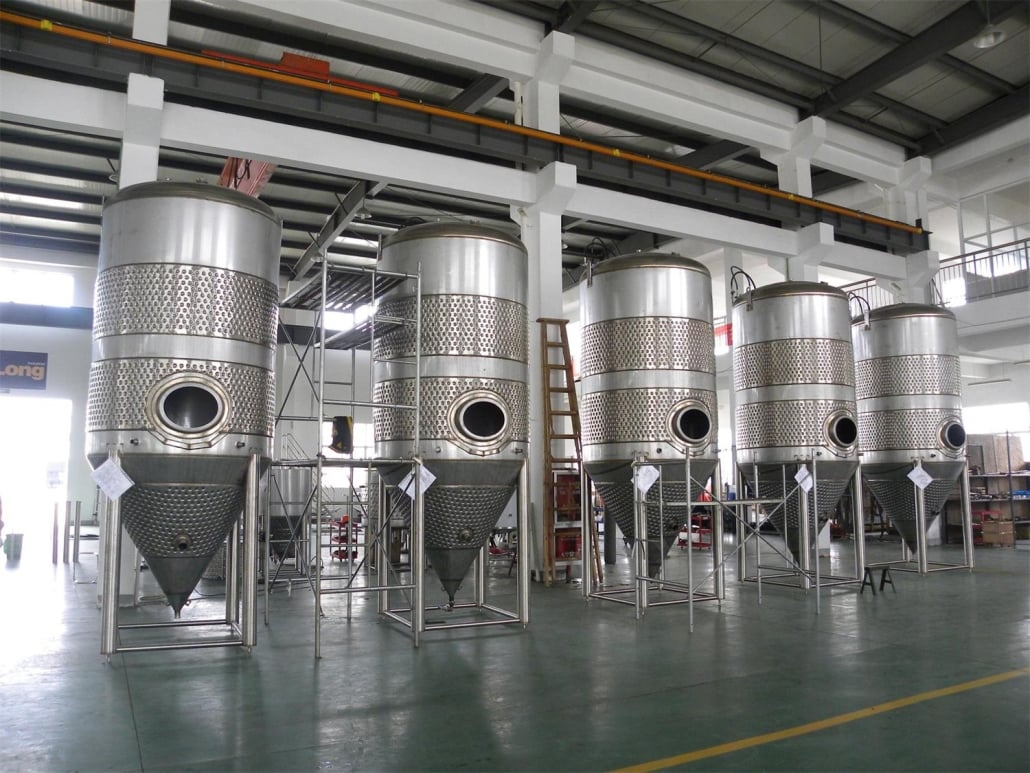
Marketing and Distribution
Marketing and Distribution
Expanding to New Markets
To reach a wider audience, consider expanding your brewery’s presence in new markets. Start by researching potential areas where your beer will be well-received. As you grow, keep in mind that entering new markets often requires a tailored approach to cater to local tastes and preferences.
Partnering with Distributors
Collaborating with distributors can help increase your beer’s visibility and availability. Make sure to choose partners who share your vision and commitment to quality. Also, maintain open communication and strive for strong, long-lasting relationships.
Enhancing Online Presence
In today’s digital age, having a strong online presence is crucial. Firstly, develop an engaging website that showcases your brand and products. Next, leverage social media platforms to connect with your audience and share your brewery’s story. Don’t forget to engage with your followers and encourage online reviews, as they can significantly impact your brand’s reputation.
Local Events and Collaborations
Participate in local events, such as beer festivals and tastings, to promote your brand and products. Additionally, consider collaborating with other local businesses to create unique, limited-edition beers. These partnerships can generate buzz and strengthen your ties with the community.
Building Customer Loyalty
Cultivate customer loyalty by offering a memorable experience at your brewery, whether it’s through brewery tours, tastings, or special events. Implement loyalty programs and offer exclusive benefits to returning customers. Remember, satisfied customers are more likely to spread the word about your beer.
By integrating these strategies into your marketing and distribution plan, you can effectively grow your brewery’s presence and reach a larger audience. Be prepared to adapt your approach as your business evolves and the market changes.
Best Practices for Scaling Up
- Plan carefully and set realistic goals for growth.
- Prioritize quality control and maintain high standards for your product.
- Establish a strong brand identity and marketing strategy.
- Build relationships with suppliers, distributors, and customers.
- Invest in your team by providing training and development opportunities.
- Stay current with industry trends and adapt to market changes.
Conclusion
Scaling up production with a 2bbl brewing system is an exciting and challenging endeavor. By carefully considering the pros and cons, financial implications, and best practices, you can successfully grow your brewing operation and take your craft beer business to the next level.
Thank you for reading this blog about 2bbl brewing system. If you’re looking for a high-quality, durable, and easy-to-use 2bbl brewing system, we recommend the brewing equipment brand Yolong Brewtech. Yolong brewing equipment has a good reputation in the market, and their products’ quality and reliability have stood the test of time. To learn more, visit our product page and browse our brewing system products.

